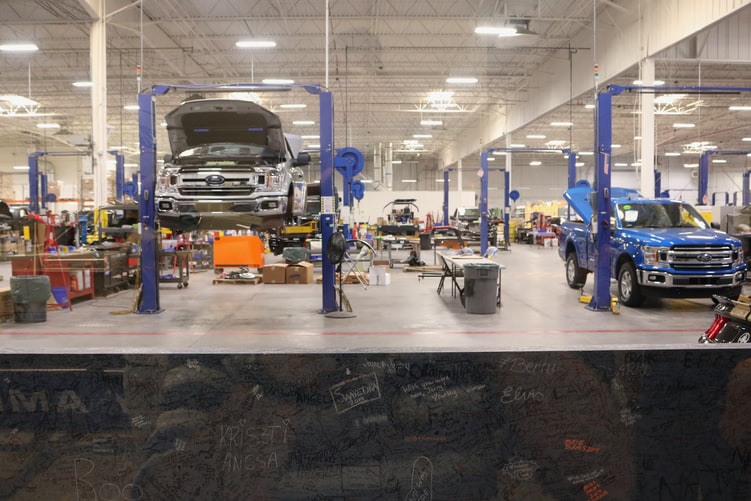When your vehicle’s fuel injectors fail, engine performance tends to decline dramatically. Among the most common symptoms include rough idling, sluggish acceleration, and poor fuel economy. Luckily, you can replace your fuel injectors using a basic mechanic’s tool set. This how-to guide gives you a few important steps to take.
Safety First
Before even beginning the task, first take the necessary safety precautions. To prevent gasoline from spraying out, be sure to bleed pressure from the fuel lines. You can do this by simply turning the pressure relief valve. An alternative method is to pull the fuel pump fuse while the engine is running. Furthermore, don’t forget to cut power by removing the negative battery cable.

Disconnect the Fuel Rails
Disconnecting the fuel lines is a rather easy task. However, you must be careful when removing the bolts and uncoupling any wiring. A bent fuel rail can be extremely difficult to straighten. Remember, some cars aren’t designed with fuel rails. This means you’ll likely need to remove the throttle body in order to reach your fuel injectors. The location of the throttle body should be stated in your car owner’s manual.
Replacing Common Rail Injectors
Keep in mind that many of today’s diesel and advanced gasoline engines feature common rail injectors. A common rail injector is often even simpler to replace. After removing the injector pipe and back linkage, you then must detach the globe connector using a pair of pliers.
Disconnect the Fuel Injectors & Install New Ones
After you have clear access to the fuel injectors, it’s now time to start removing them. Notice that the plugs for your fuel injectors are fastened with springy wires. To remove these wires, you’ll need to insert a flat-head screwdriver between the plug and spring. You shouldn’t need to apply a great deal of force.
The next step is to take out your old injectors, which may be secured by a retainer. To make the entire job easier, be sure to purchase a fuel injector puller beforehand. This valuable tool allows you to easily pop out your injectors without causing any damage.
Test Your Work
Before your job is complete, you’ll need to take the vehicle for a five-minute test drive. Upon returning home, inspect for any leaks. Also, check for the smell of fuel.
Nothing beats being able to save money by doing repairs yourself. However, never rush the process. The best approach is to always take your time.
